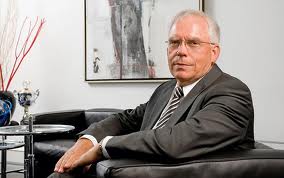
In this wide-ranging exclusive interview with Automotive Industries (AI), Dr Ulrich Hackenberg, Volkswagen member of the board of management for the brand development business area shares the group’s philosophy behind the development of electric vehicles.
We started by asking how they fit into the VW product mix.
Hackenberg: Volkswagen has been working intensively on electric drives since the mid-1970s in the framework of Volkswagen Group Research. Technological progress in battery development in the form of lithium-ion batteries opens up new potential for electric mobility in addressing various megatrends such as climate change, noise and exhaust emissions in megacities, and the finite availability of fossil fuel resources. For the Volkswagen brand, 2013 is a milestone year for electric mobility. First, the e-up! will launch on the market, and a short time afterwards the Golf Blue-e-Motion. Volkswagen chose these two vehicle models, because it is in the urban environment that electric mobility will be able to fully play out its advantages. By electrifying our bestseller, the Golf, we are following a strategy of making E-mobility accessible to a broad target group, underscoring our commitment to electric mobility. Volkswagen has set the goal of becoming the market leader in E-mobility in 2018.
AI: How has Blue-e-Motion changed the way Volkswagen is positioning itself in the global auto market?
Hackenberg: Initial discussions on the topic of E-mobility were very much euphoria-driven, but now they are yielding to a more realistic perspective. In the area of E-mobility, Volkswagen’s goal is not simply to be the first to launching an E-vehicle with a new generation of lithium-ion batteries. Rather, our focus is to offer customers a practical car for everyday driving that is affordable, fully featured and safe. To ensure that we attain these objectives, we are currently validating our vehicle concepts in fleet trials across Germany, and internationally from the beginning of 2012. Moreover, our perspective of the topic of electric mobility is holistic. We not only address the vehicle and infrastructure, but all facets of mobility services for specific target groups as well. We want to make technological change convenient and affordable to our customers.
AI: What are the opportunities for the supply chain?
Hackenberg: Electric mobility is a subject area with an extremely broad base, which presents numerous opportunities. A key goal for Volkswagen is to achieve CO2-neutral mobility that is based on renewable energy sources. In terms of our responsibility and commitment to sustainability, I see tremendous opportunities for the supplier industry to manufacture their products as CO2- neutrally as possible.
AI: VW can be seen to be entering the electric vehicle after the likes of Nissan and General Motors. Are you playing catch up?
Hackenberg: We are not letting our market launch schedules be driven by our competitors. Rather, we are setting our own timing targets. We are looking at 2013 as the ideal market launch date for introducing E-mobility to series production. At that time point, we will be able to offer our customers electric vehicles that also meet the accustomed comfort, safety and quality standards of our company. The infrastructure will also be available to allow customers to plan their mobility flexibly.
AI: What do you see as your competitive advantage in the roll out of electric vehicles?
Hackenberg: The aggregate technological competence of the Volkswagen Group is based on the high levels of development competence of its individual brands, and this competence flows into the development of electric vehicles. The Group enables knowledge sharing throughout the corporation in the form of innovations, know-how and experience. By building up our competencies in batteries and manufacturing of our own electric motors, we are making ourselves more independent. In the end we will possess the know-how we need on all competitively relevant components.
AI: What are your predictions for the electric vehicle market?
Hackenberg: We assume that in the year 2018, three per cent of the vehicles we sell in Germany will be electric vehicles. This includes hybrid, plug-in hybrid and pure electric vehicles.
AI: Will this help VW realise its stated goal of being the world’s leading automaker by 2018?
Hackenberg: We have a defined a clear strategy for our target year 2018. We are firmly committed to our market launch schedule for pure electric vehicles, which will go into high-volume production in 2013. In addition, key vehicle models of the Group will be available with plug-in hybrid technology starting in 2013/ 2014. The high levels of development and diversification competence of the individual brands give us a solid foundation. With a broadly diversified product portfolio, the Volkswagen Group wants to be the market leader in E-mobility as well in the year 2018.
AI: What contribution is the dealer network expected to make to this?
Hackenberg: Suitable training and technical resources are essential at our dealerships and service shops. Naturally, these aspects are being incorporated into our market launch plan.
AI: You were appointed as the board member responsible for development in February 2007. How have the joint challenges of global warming and increasing energy scarcity impacted on Volkswagen’s approach to designing motor vehicles?
Hackenberg: In future decades, we foresee a coexistence of vehicles with E-drives and those with classic internal combustion engines. That is why we are forging ahead with our comprehensive efforts to optimise internal combustion engines, so that we can exploit all potentials. Downsizing of internal combustion engines is as important as investment in new drive systems, especially when it comes to plug-in hybrid drives. In our technological showcase vehicle, the XL1, the Volkswagen brand has demonstrated how a sensational fuel consumption of 0.9 litre/100 km can be attained. A short production run of the XL1 is also planned for 2013. In summary, it can be said that E-mobility has not eliminated any development tasks. Instead, new development tasks have been created.
AI: And what changes can we expect to see in the next decade?
Hackenberg: Over the short to mid-term, issues related to the driving range of battery-powered vehicles will drive the demand for plug-in concepts. Over the mid to long-term, new generations of lithium-sulphur and lithium-air cells and industrial implementation of fuel cell technologies will compete for use in the automobile. Therefore, we are setting our sights on filling niches more comprehensively in the future, so that we can better satisfy the desires of our customers. This will involve an enormous diversification of products and drive technologies over many global brands. A monumental task awaits us, but we are not shrinking from this task. Instead, we are addressing it proactively. The Volkswagen Group will be investing over 62 billion euros in new models, eco-friendly technologies and factories by the year 2016. Along with the research activities named above, these investments also cover alternative drives, generations of diesel and petrol engines, hybrid and electric motors and modular platforms that will also be designed to accommodate E-drives.











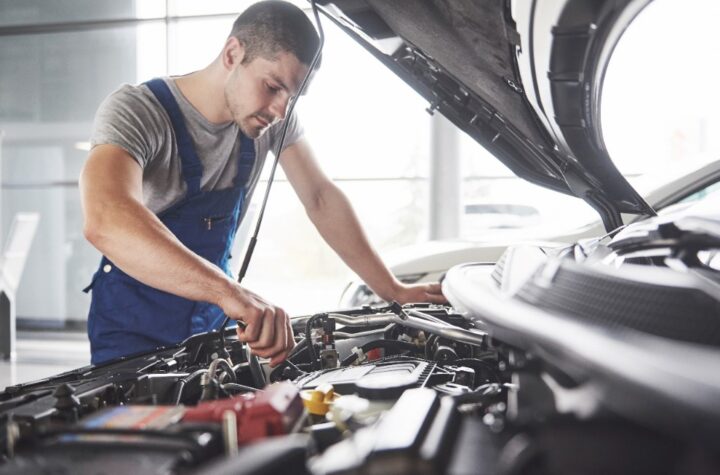
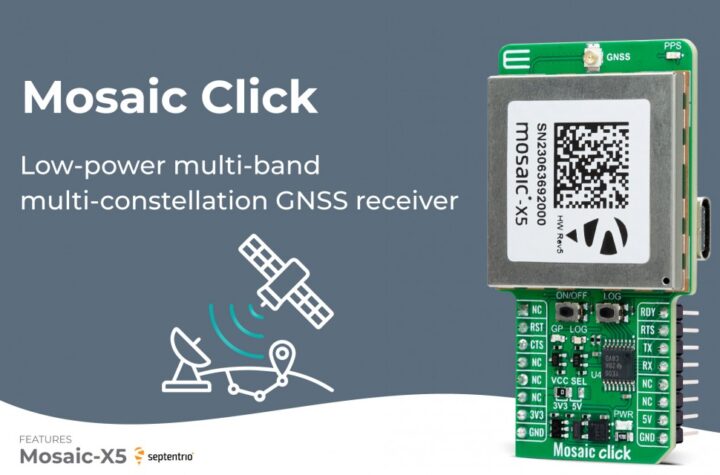
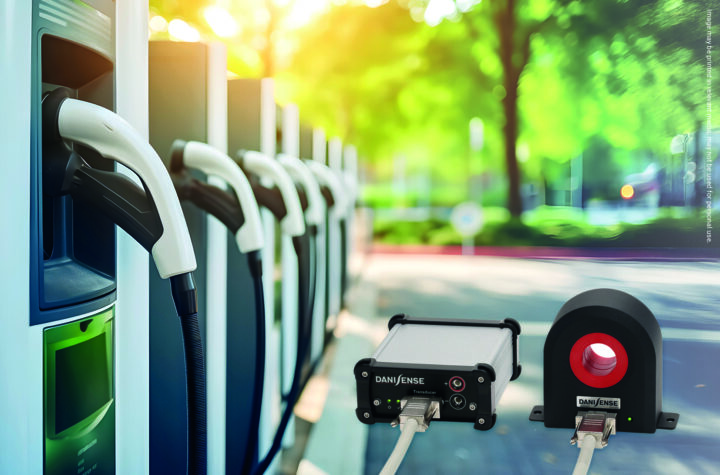
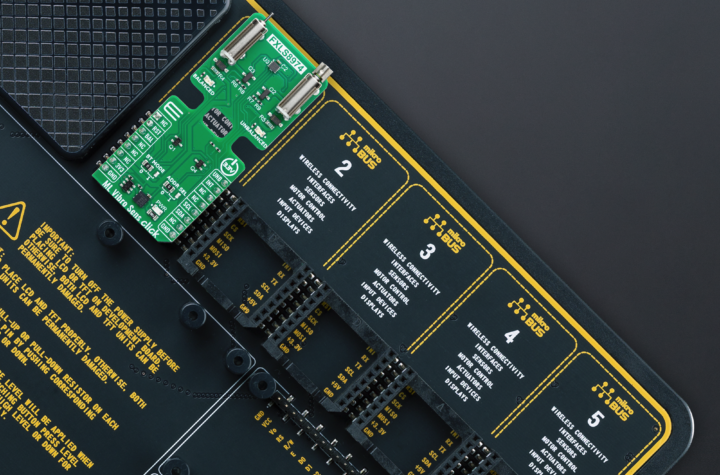
More Stories
Mosaic Click board from MIKROE delivers global coverage multi-band and multi-constellation tracking ability
Current transducer from Danisense selected for DC charging station testing device demonstrator at TU Graz
New Click board from MIKROE helps develop and train ML models for vibration analysis